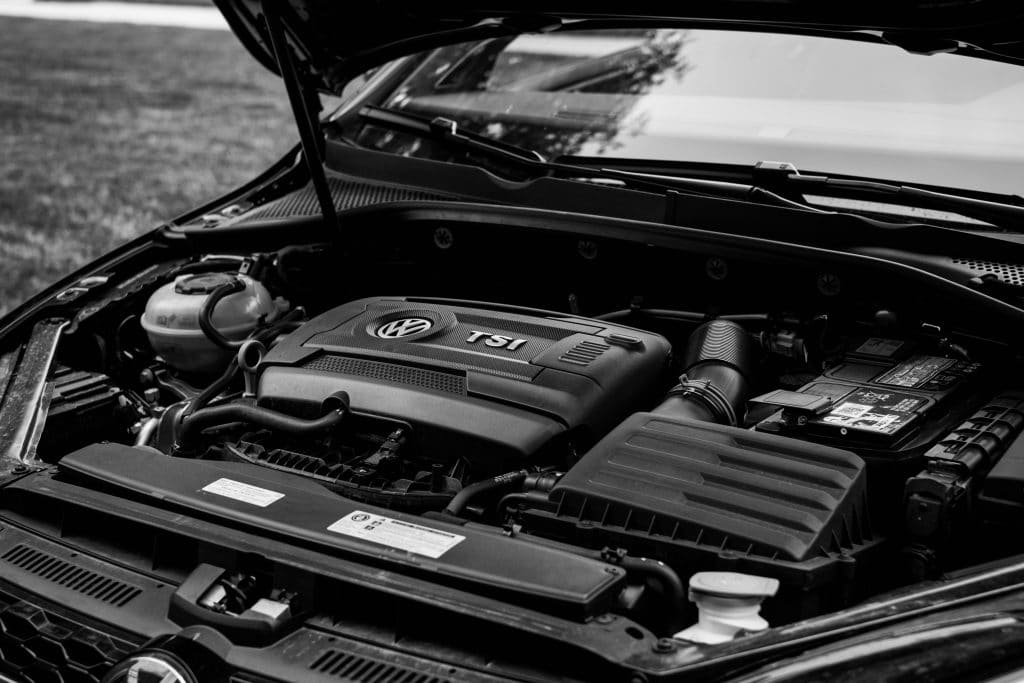P0603 Code: What It Means and How to Fix It
A P0603 code is one of many universal error codes that your car may generate.If you see this code on your code scanner, it could mean anything from the minor inconvenience of replacing your battery cables to serious powertrain problems like mistimed shifting.
In this article, we’ll discuss possible causes of the P0603 code, how to make a diagnosis, and how to repair your car.
Tools Needed For Diagnosis and Repair
Before you begin diagnosing and repairing a P0603 code, make sure you have the following tools ready:
- A flashlight or shop light for visibility
- A car battery charger
- A multimeter
- An OBD2 code scanner
What is the P0603 Code Meaning?
The P0603 code indicates that your Powertrain Control Module (PCM) has failed its own Keep Alive Memory (KAM) self-test. The PCM is a computer in your car that controls essential systems such as the ignition, engine timing, fuel/air mixture, transmission, and anti-lock brakes.
When a car is manufactured, the PCM is programmed with factory default settings for that model. However, these defaults aren’t always optimal. Depending on your vehicle’s individual quirks, typical road and weather conditions in your area, and your own driving habits, the PCM needs to make adjustments for optimal performance. It saves these adjustments in Keep Alive Memory.
If your PCM can’t retrieve these settings after several attempts, it generates a P0603 code.
What Does the P0603 Code Mean For My Car?
The impact of the P0603 code on your car depends on the differences between your PCM’s factory default settings and the new settings it’s created. Older cars tend to require more adjustments as they age, leading to potentially more severe problems.
The most serious problems related to the P0603 code are with the fuel/air mixture, engine timing, and transmission. Issues with the fuel/air mixture can cause reduced fuel efficiency and emission test failures. Engine timing errors can result in unnecessary engine wear and tear. Faulty transmission settings can lead to inefficient or rough shifting.


Common Causes of the P0603 Code
Several factors can cause your PCM’s settings to fail to load. Here are the most common reasons:
- Your KAM is not receiving sufficient power.
- The KAM or battery ground has shorted out.
- Your KAM module itself has failed.
Common Symptoms Associated With the P0603 Code
If your code scanner detects a P0603 code, you may or may not experience other symptoms, including:
- Check engine light illumination
- Difficulty starting the engine
- Rough idling and acceleration
- Poorly-timed shifting
- Engine misfires
Some of these symptoms are similar to what you’ll see in a car with a failed Transmission Control Module (TCM), so diagnosing based on symptoms alone can be difficult. This is why it’s so important to use a code scanner.
What Does Diagnosing the P0603 Code Entail?
There are a few steps involved in fixing a P0603 code. We’ll start with the easiest ones and work from there.


- Check Your Battery: Use a multimeter to check your battery’s voltage. If it’s low (below 14 volts at idle or below 12 volts with the engine off), connect a car battery charger to recharge it. Reset the codes and drive normally for a few days. If the code reappears, consider replacing your battery or alternator.
- Inspect Contacts and Ground Connections: Examine your battery contacts for moisture, corrosion, dirt, or other factors that might disrupt the electrical flow. Clean them thoroughly. Also, test all connections to and from the battery, including ground connections from your PCM and battery. Replace any damaged wires.
- Reset Codes and Test: After addressing potential issues, reset the error codes using your OBD2 scanner. Take your vehicle for a test drive under normal conditions and monitor the scanner for any recurrence of the P0603 code.
If these steps don’t resolve the issue, you may need to consider replacing your PCM. Refer to our PCM replacement guide for more detailed instructions.
Common Mistakes When Diagnosing the Issue
- – Failing to check idle voltage and ground connections
Possible Solutions For Fixing the P0603 Code
- – Try Replacing your battery or alternator
- – Replacing failed PCM or battery grounds
- – Consider Replacing your PCM
Repair Steps for Code P0603
Repairing a P0603 code can be a systematic process involving several steps. In this section, we’ll outline the essential repair steps you should follow to resolve this engine error code.
Step 1: Battery Voltage Check
Start by using a multimeter to check the voltage of your vehicle’s battery. If the voltage is below the specified levels (typically below 14 volts at idle or below 12 volts with the engine off), it’s essential to address this issue first. Proper battery voltage is critical for the PCM’s operation.
Step 2: Inspect Battery Cables and Ground Connections
Thoroughly inspect the condition of your battery cables and ground connections. Look for signs of moisture, corrosion, dirt, or damage. Clean any corroded terminals or connections. Faulty cables or poor ground connections can disrupt power supply to the PCM.
Step 3: Diagnose Sensor Inputs
Use your OBD2 code scanner to diagnose the sensor inputs. Pay close attention to sensors like the oxygen sensor, throttle position sensor, and mass airflow sensor. Ensure they are providing accurate readings and replace any faulty sensors if necessary.
Step 4: Reset Codes and Test Drive
After addressing any issues identified during the diagnosis, reset the error codes using your OBD2 scanner. Then, take your vehicle for a test drive under normal conditions. Monitor the scanner for any reoccurrence of the P0603 code. If it reappears, further investigation may be required.
Warning Lights and Symptoms
Warning lights and symptoms associated with a P0603 code can vary, and it’s essential to be vigilant about these indicators. Here are some warning lights and symptoms that may accompany a P0603 fault code:
- Check Engine Light: The most common warning is the illumination of the check engine light on your dashboard.
- Difficulty Starting: You may experience difficulty starting your engine or prolonged cranking times.
- Rough Idling and Acceleration: Rough idling and poor acceleration can be symptoms of a P0603 code, as the PCM struggles to adjust engine parameters correctly.
- Misfires: Engine misfires can occur due to incorrect fuel/air mixture or timing, which may result from a faulty PCM.
- Badly-Timed Shifting: In vehicles with automatic transmissions, you may notice erratic or poorly timed shifting, leading to a less-than-smooth driving experience.
How Can We Help?
If worse comes to worst and you need to replace or repair your PCM, contact us on our website, or call us at 888-848-0144. Our knowledgeable technicians are specialists in PCMs, and can answer any questions you may have about this or other common issues and common codes.









